25+ Sample Time Tracking
-
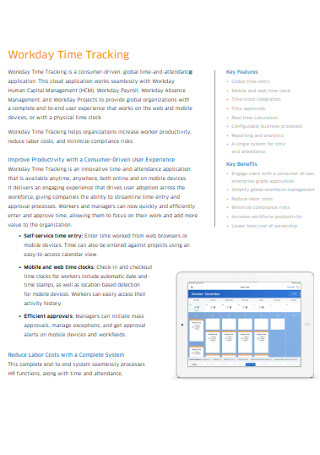
Workday Time Tracking
download now -
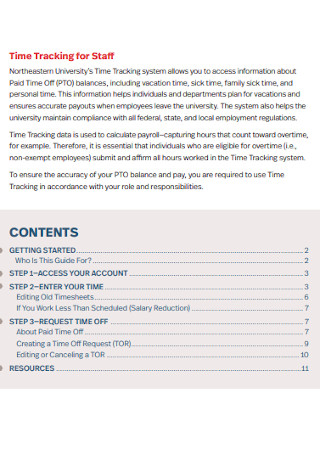
Time Tracking for Staff
download now -
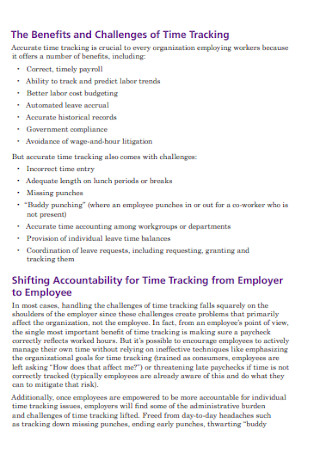
Employee-Managed Time Tracking
download now -
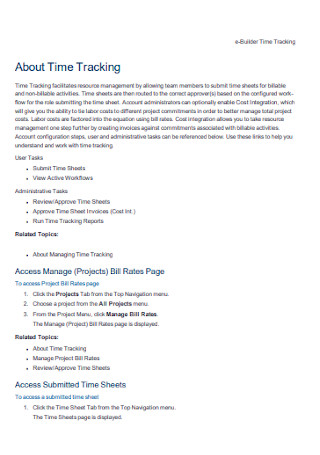
Builder Time Tracking
download now -

Time Tracking Format
download now -
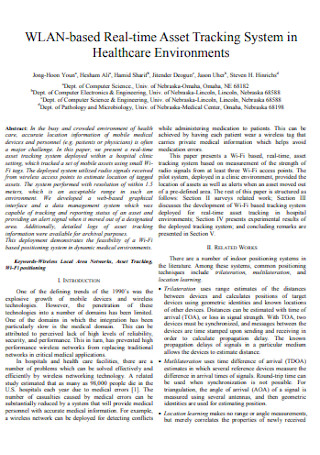
Real Time Asset Tracking
download now -
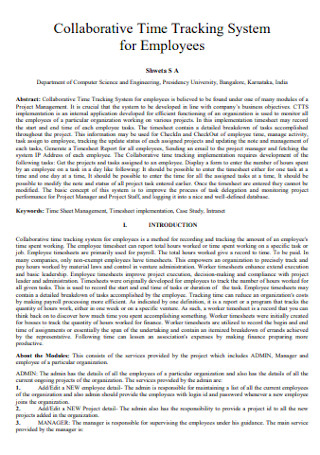
Time Tracking System for Employees
download now -
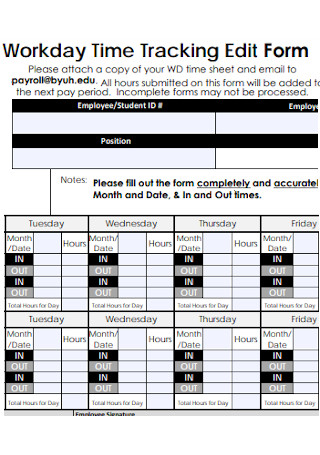
Workday Time Tracking Edit Form
download now -
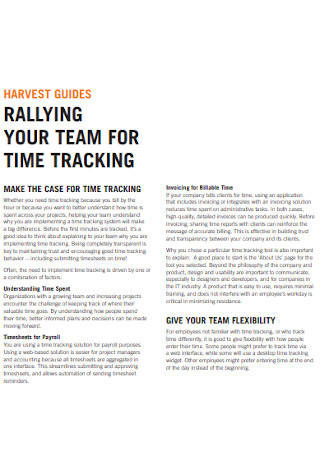
Team for Time Tracking
download now -
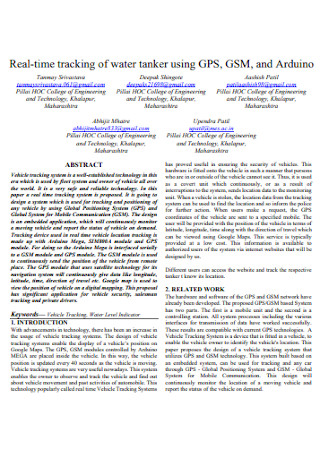
Time Tracker for Water Tanker
download now -
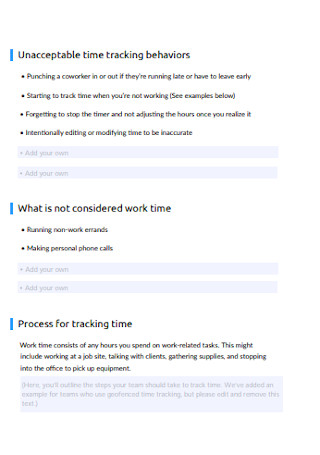
Sample Time Tracking
download now -
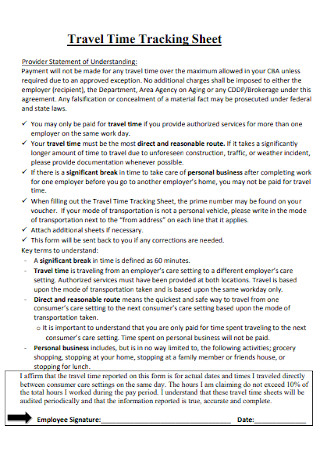
Travel Time Tracking Sheet
download now -
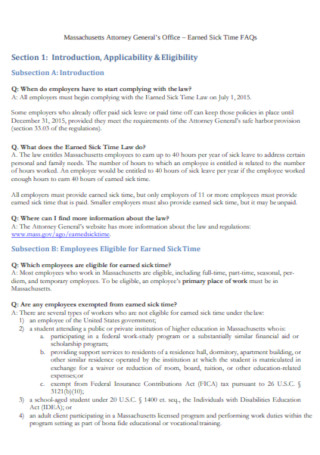
Office Sick Time Tracking
download now -
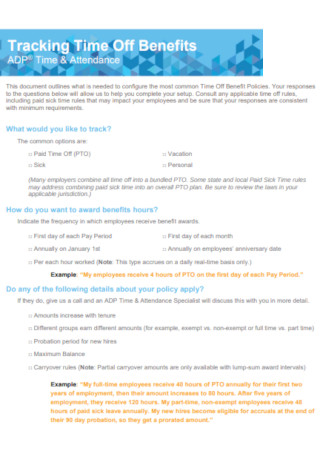
Sick Time Tracking
download now -

Screen Time Tracking
download now -
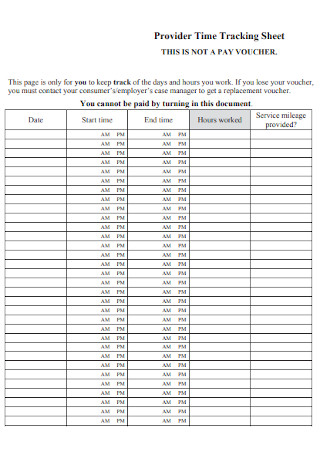
Time Tracking Sheet
download now -

Real Time Tracking
download now -
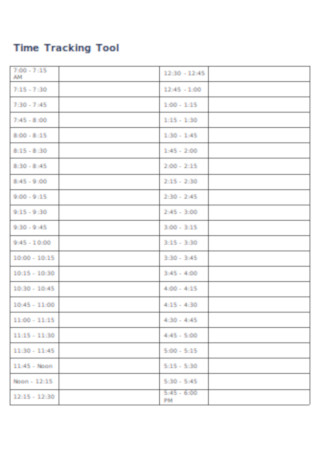
Time Tracking Tool Template
download now -
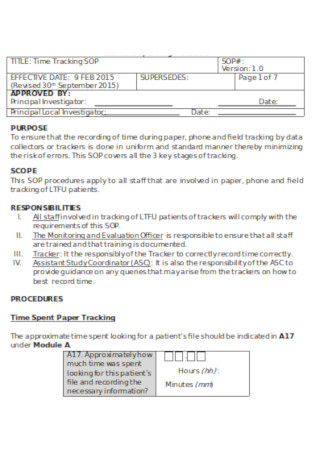
Time Tracking Format
download now -
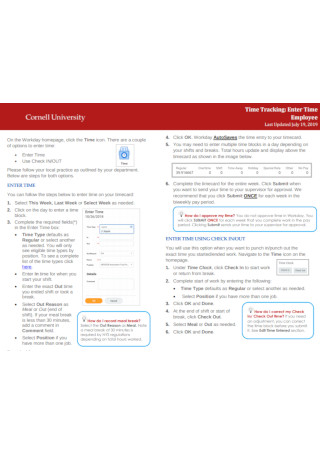
Employee Time Tracking
download now -
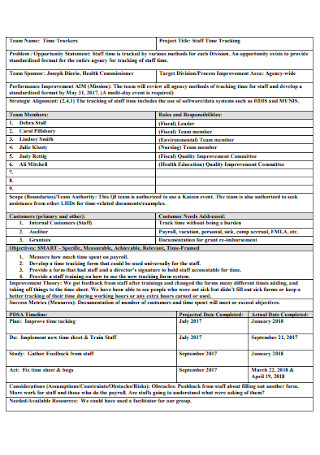
Staff Time Tracking Template
download now -
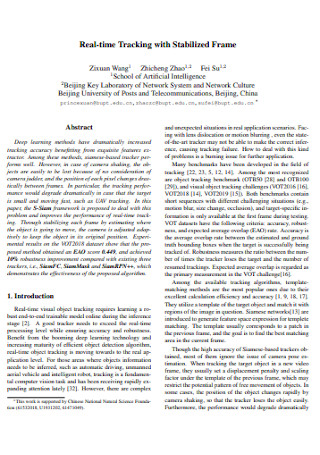
Real-time Tracking with Stabilized Frame
download now -
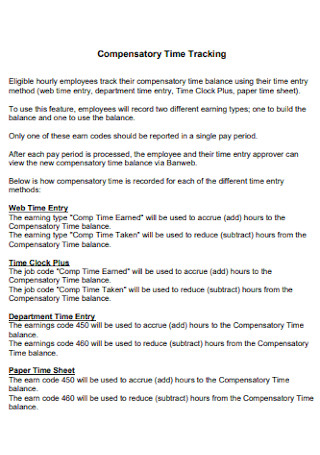
Compensatory Time Tracking
download now -
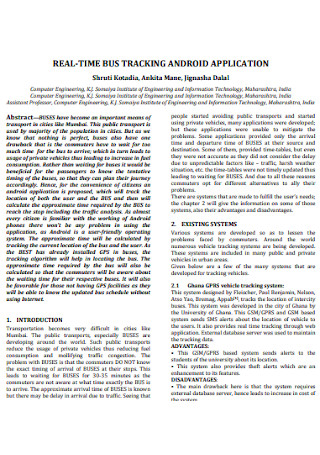
Real Time Bus Tracking
download now -
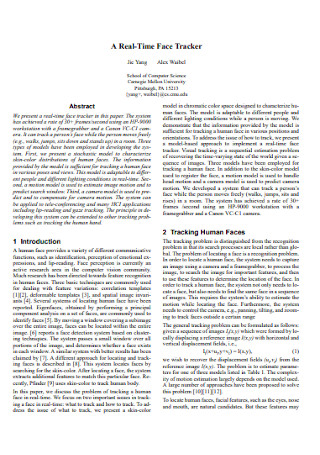
Real-Time Face Tracker
download now
What Is Time Tracking Used For?
Many successful companies and individuals have certain missions that they work towards and work ethics that drive their productivity levels to a peak. Tracking time is a simple method of measuring a worker’s productivity that aims to promote workplace efficiency. Managing time to track a worker’s performance by recording their productivity hours helps them gauge what key areas they can improve in—how can they do better? This results in higher levels of performance that drive better business results. As every worker should be fairly compensated based on job roles, utilizing a work hours tracker provides a clear record of the total working hours of an individual; as it is a tool that also helps managements calculate payroll. Time keeping aims to help you to utilize your time more wisely and efficiently—polishing productivity levels into the best shape you can see them in.
Different Methods of Time Tracking in the Workplace
There are various timesheeting systems that offer certain tools to suit the different needs for proper Management Plans and organization within the workplace. Each company and managing body should tailor their time-keeping system to suit their workplace culture’s needs, in order to drive respective growth. Consider the purpose of your time tracking needs: is it for managing employee attendance, increasing workload efficiency and time management, or obtaining essential details regarding work performance.
Time Tracking Benefits for an Efficient Workplace
Time tracking’s greatest strength is its simplicity in aligning you with the best professional plan you can achieve by tracking your work development. Whether it be as a working professional or on the personal front, timesheeting contributes to wiser organizational and management decisions, directly increasing workforce productivity and company satisfaction.
1. Increased Work Focus
If getting a single task done for a span of time is difficult, you might want to commit to a change in your work habits. With endless time to track as you juggle several tasks on your To-Do List, a time log sheet helps you discern which checklist item is a priority compared to the smaller, secondary tasks that you can carry out later in the day. Organizing tasks according to importance helps individuals focus more. With better time management, increased focus will be evident as you continually keep ticking tasks off your checklist—rather than wasting your time with disorganization due to a lack of time planning. Consistent focus produces motivated workers that want to achieve more after being encouraged by their efficient work completion—increasing productivity on all facets. Workers that are provided with proper organizational and management techniques are able to focus on their required duties more, resulting in much more efficiency.
2. Personal Accountability and Professional Improvement
Adapting a time tracking system in the workplace is a wise choice that benefits both Managers and workers alike by monitoring individual work productivity levels. This results in awareness of workload efficiency, or the lack thereof. The data recorded is when someone accomplishes a task, how much time it took to finish the job, and the exact date and time of workload completion—promoting better organization and management. It hands accountability over to each worker as they are presented with documentation of the amount of time they take to accomplish a task. This allows them the capacity to improve and go in-depth on what they should do when it comes to both the quality and quantity of their work. An increase in awareness of a worker is also an increased benefit for the company.
3. Beating Procrastination
Working on tasks without proper time planning can make us complacent and run on free time. When workers are given a clear picture of their work process, it makes it easier to decipher which work habits they should retain; and make the necessary changes into what they want to obtain instead. Workers find themselves motivated to self-start on most tasks, without the supervision of their Managers. One benefit is that it helps workers beat procrastination by simply reviewing their time log sheet. By getting the best benefits out of using an hours tracker in the office, time logs help them set clear goals to strive for the best and break records that achieves ideal results for their company.
4. Crushing Burnout
With a laundry list of things to do in a day; let alone the accumulated tasks in your monthly lists, completing tasks get chaotic with a lack of organization. Burnout occurs after putting yourself under excessive amounts of work—taking too much overtime at work and avoiding the much-needed downtime in order to get more things done. Proper time keeping helps us remain vigilant on how we spend our time. Simply using a work hours tracker lessens the possibility for overwork. Straining our mental muscles with work leads to a sure-fire way of snowballing into decreased productivity, as workers find it more difficult to handle tasks at hand. And once several employees experience this, it affects the company as a whole. As the saying goes—“time is money”, and companies should increase workforce resources that can be properly utilized for the betterment of employee productivity. By taking care of those doing business for them; employee productivity will be gold—and that will drive in even more success.
5. Eases Workflow
Freed from the unnecessary work stress and disorganization with task management, workers can achieve enjoyable work hours even while doing hefty tasks due to proper organization and work management. Workers are automatically rewarded with more free time and leeway to do secondary tasks due to their own (organized) hard work. Using a time tracking system gives workers discipline and organization in their work processes, which contribute to tackling their workloads with efficiency, making it a sustainable tool to track work hours in the long run.
FAQ
What are the 3 main components of time tracking?
Time entry, which is often referred to as “clocking in and out” or “punching in and out” is when employees input their starting and finishing working hours on a timesheet. Taking note of individual work hours helps companies and individuals attain efficiency and increased workforce productivity. The second component of time tracking is Approvals, essentially when Managers check for the accuracy of time logs to comply with proper wage compensation. HR or an electronic software calculates the total working hours. Reporting, the third component, is processing the employees’ time cards by submitting them to payroll to verify their work hours and check for approval of the accurate compensation.
What are the origins of time tracking?
Although the use of technology is rampant in today’s modern society, time tracking methods were already used in Ancient Egypt as our ancestor workers’ productivity was recorded. Their work hours determined their meal salary, as the exchange of goods was the economic currency. Their payrolls were recorded in cuneiform, which was carved on clay tablets—and have now developed into our modernized time tracking systems. No longer needing to utilize the handy, but not yet prehistoric pen and paper to account for tracking time, the ingenuity of technology has given us the tools for proper management and productivity. In 1888, the time clock—a machine that recorded hours, was invented by Willard Le Grand Bundy. Many companies have already utilized the time clock in recording employee attendance and as an hours tracker of worker productivity. Employees inserted their time cards into the machine that “punched” a timestamp, to which the card was collected by the timekeeper, our employers, providing them a record of how much pay they owe their workers. Modern technology has helped us advance into the current time tracking systems we have today. For instance, manual paper timesheets have been replaced by electronic time tracking apps and systems, decreasing the errors in time tracking.
What are timestamps?
Timestamps are the starting and finishing times of a worker that are recorded or stamped on a paper time card or on a digitized spreadsheet or electronic software after a worker has presented to work or accomplished a task.
What is a time card for?
A time card is a physical document utilized by employers to record their employees’ regular work time entry such as their starting and finishing times, overtimes, as well as break and leave times that are not included in the schedule of the employee’s contract. It is used as the point of attendance of an employee, determining the individual working hours in the workplace, and used as the basis for payroll—work done for the day.
Do you want more time on your hands to handle tasks with efficiency? An individual adamant on achieving every goal to its fullest capacity must make the best business decisions to climb that professional ladder. A handy time tracker would be a helpful tool along your journey of building your business from the ground up. It’s easier to avoid mishaps in our lives and lapses in the workplace when there are organization and management tools once needed. The process of better time management through time tracking glues a company together towards increased workforce efficiency.